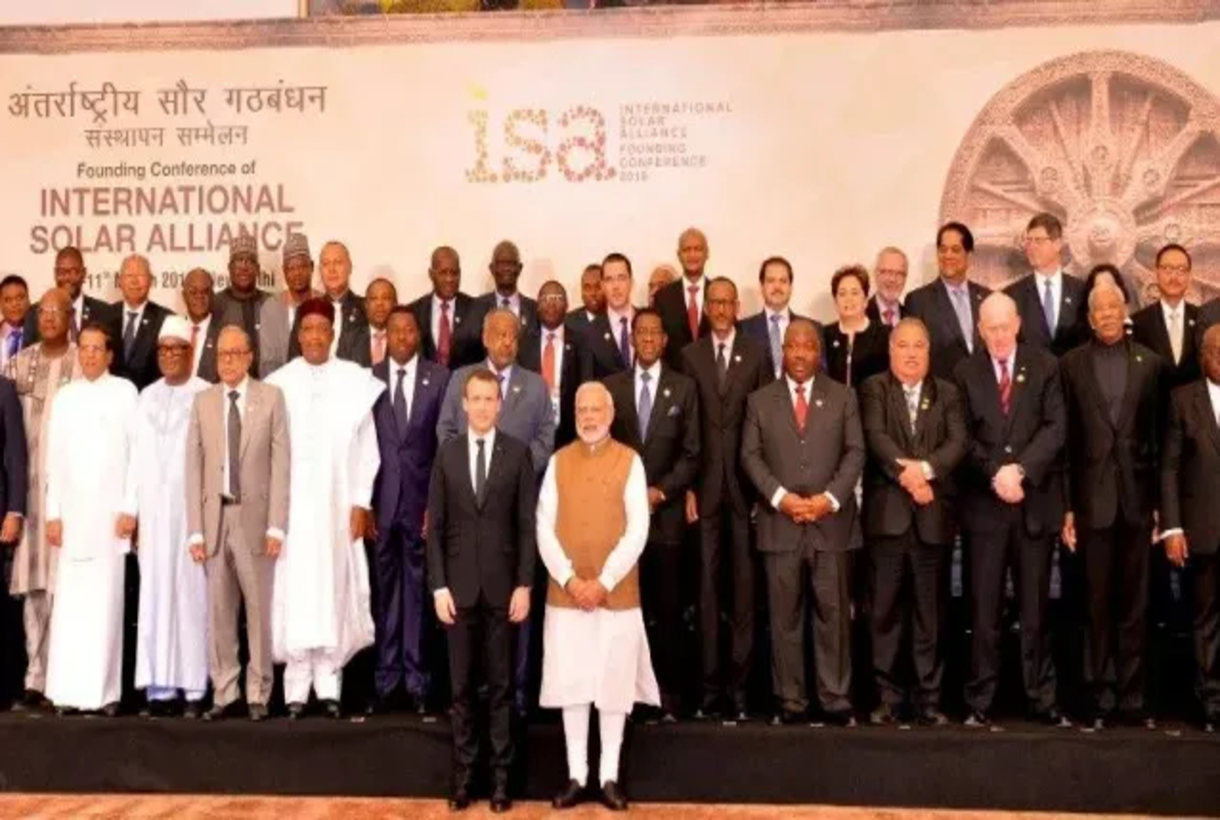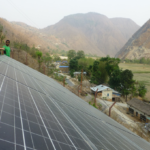

With an ambitious goal of achieving 500 GW of non-fossil fuel-based energy by 2030, India is making a decisive push toward self-reliance in solar manufacturing.
The government’s focus on reducing dependency on imported solar cells and modules is shaping the future of India’s renewable energy sector.
The Drive Towards Domestic Solar Manufacturing
For years, India has been heavily reliant on imported solar components, mainly from China. While this approach has helped scale up solar installations rapidly, it has also left the sector vulnerable to price fluctuations and supply chain disruptions.
Recognizing this challenge, the Indian government has launched the Production-Linked Incentive (PLI) scheme, which aims to strengthen the country’s manufacturing capabilities by providing financial support to local producers.
The PLI scheme is designed to not only boost manufacturing capacity but also ensure high-quality solar modules that can compete on a global scale. This move aligns with the broader vision of Atmanirbhar Bharat (Self-Reliant India), ensuring that India’s energy transition is built on a solid foundation of domestic innovation and production.
What Industry Leaders Are Saying
The shift towards local manufacturing is not just a government-driven initiative but also strong backing from industry leaders. M. S. Unnikrishnan, Managing Director of Thermax, emphasizes the critical need for India to develop a robust solar ecosystem that includes research, development, and large-scale manufacturing.
Similarly, Gautam Adani, Chairman of Adani Green Energy, has highlighted that achieving energy security requires India to be independent in its production of solar modules and cells.
Their vision aligns with India’s long-term sustainability goals. As the demand for renewable energy rises, having a self-sufficient manufacturing base will not only drive economic growth but also create thousands of jobs across the country.
Key Policy Discussions and Industry Trends
At major renewable energy summits and policy discussions, experts are focusing on three critical aspects:
- Quality Control and Standardization – Ensuring that India’s solar modules meet global efficiency and durability standards is a top priority. Domestic manufacturers must adopt advanced technologies to compete with international products.
- Financial Incentives and Infrastructure Support – The government is actively working on expanding incentives beyond the PLI scheme, including tax benefits, subsidies, and easier access to financing for new manufacturing units.
- Supply Chain Development – To reduce reliance on imported raw materials, India needs a comprehensive supply chain strategy that includes the production of polysilicon, wafers, and other critical components.
India’s transition to a self-reliant solar industry is not just about reducing imports, it’s about building a sustainable future powered by homegrown technology.
For businesses, investors, and stakeholders in the renewable energy sector, this is an exciting time. The opportunities in solar manufacturing are expanding rapidly, and those who adapt to these changes will be at the forefront of India’s green energy revolution.
At REnergo, we remain committed to staying ahead of industry trends, supporting the transition towards sustainability, and providing insights into the evolving solar landscape.
As India continues to push forward with its clean energy ambitions, we will keep bringing you the latest updates, expert opinions, and analysis on what’s shaping the future of solar energy in the country.

